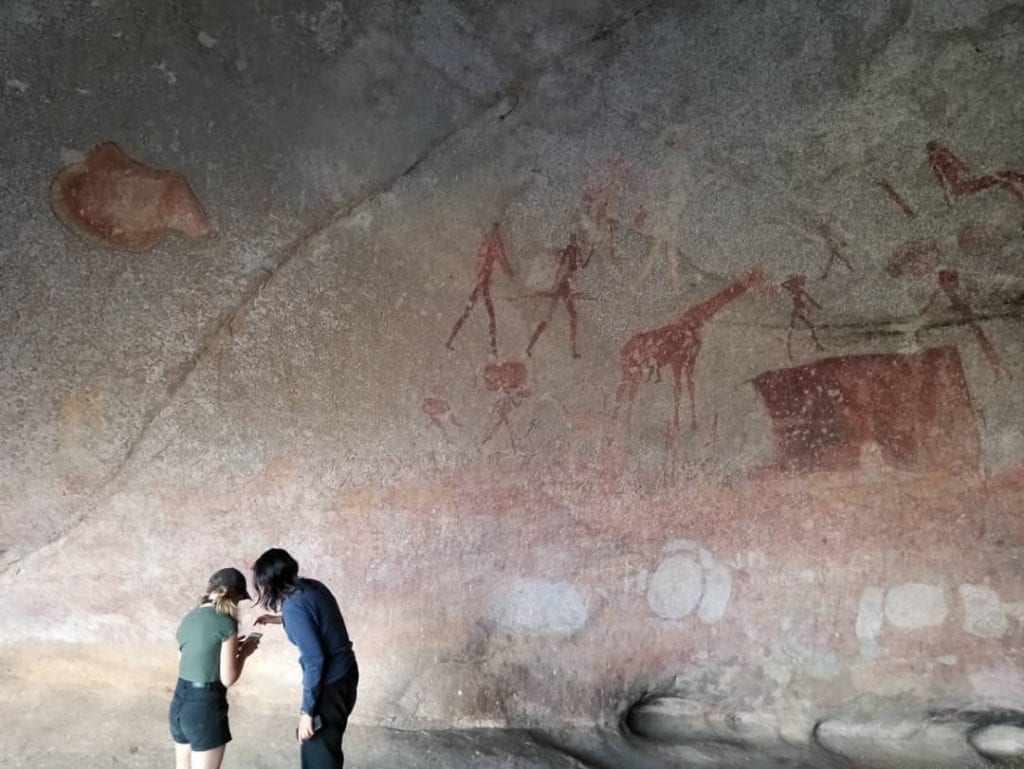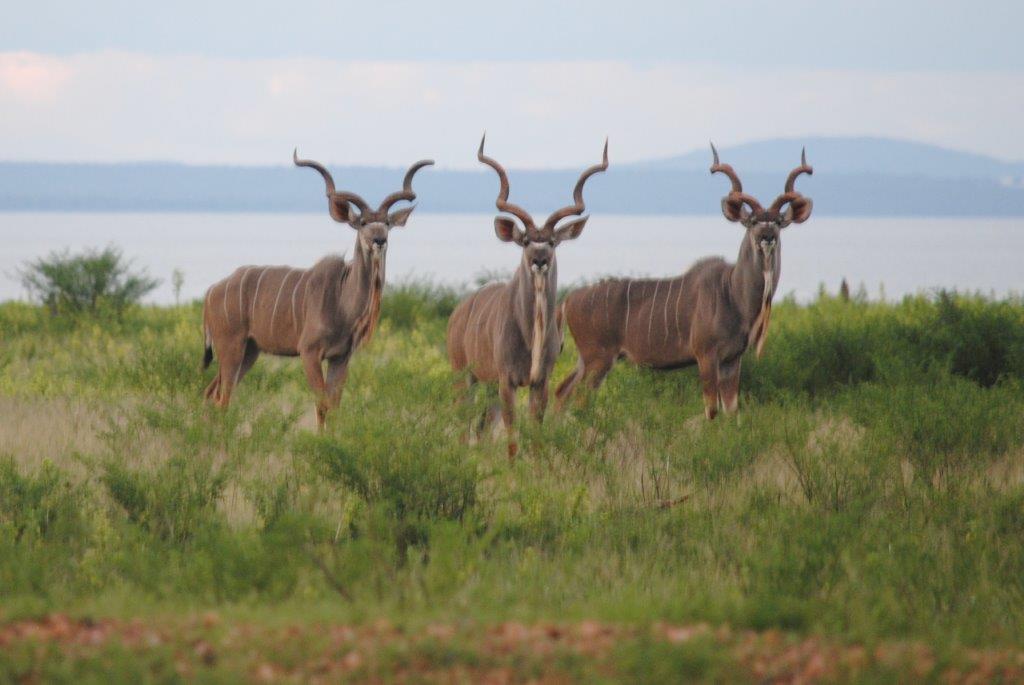ABOUT ZIMBABwe
The capital is Harare, with Bulawayo the second largest city and Victoria Falls the hub of tourism in the northwest and a population estimated at between 14-16 million.
Zimbabwe’s main languages are English, Shona and Ndebele.
Zimbabwe is central within southern Africa; it has no coastline, with neighbours Zambia in the north, Mozambique in the east, South Africa to the south and Botswana to the west.




















































